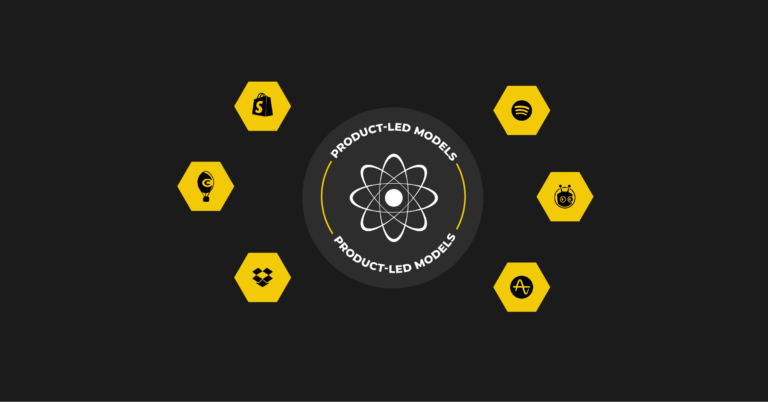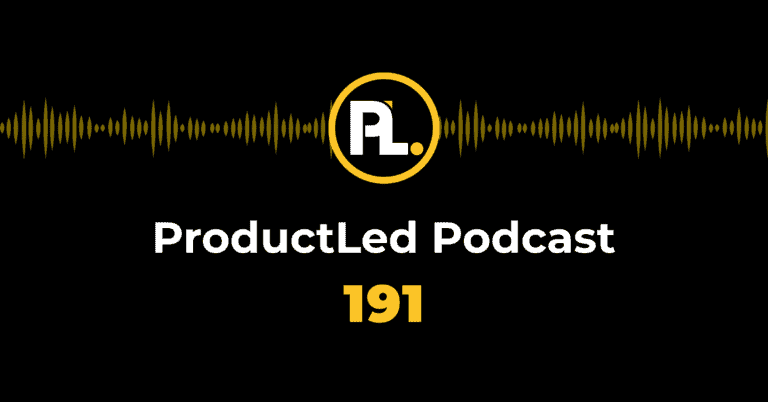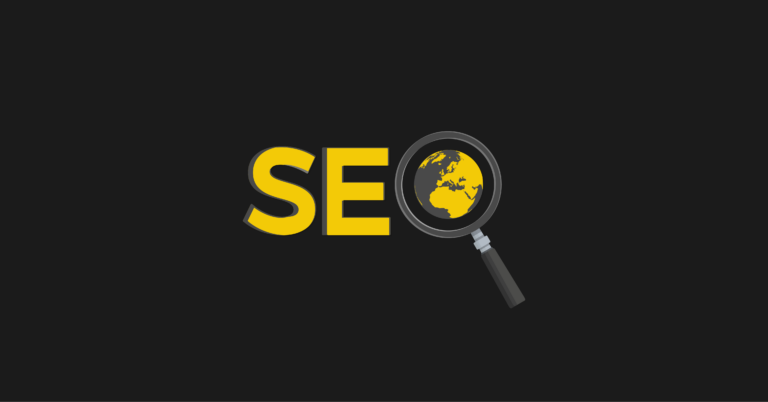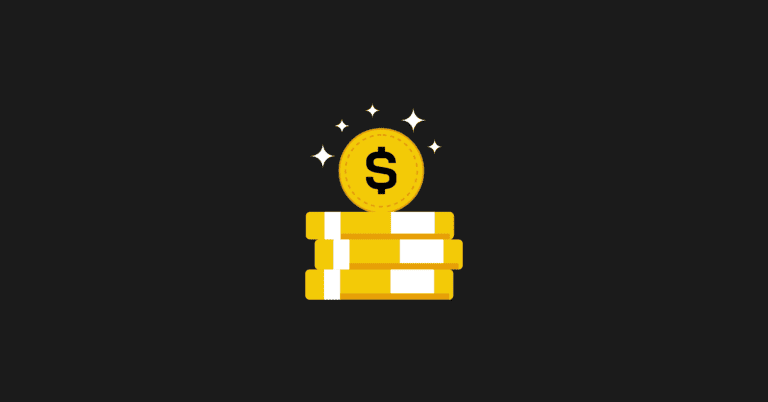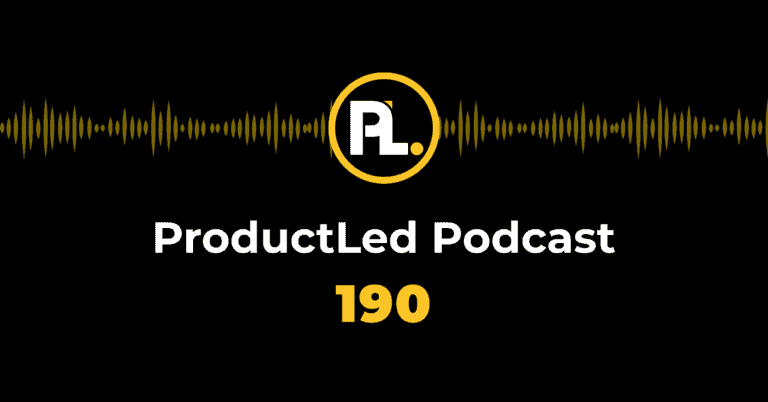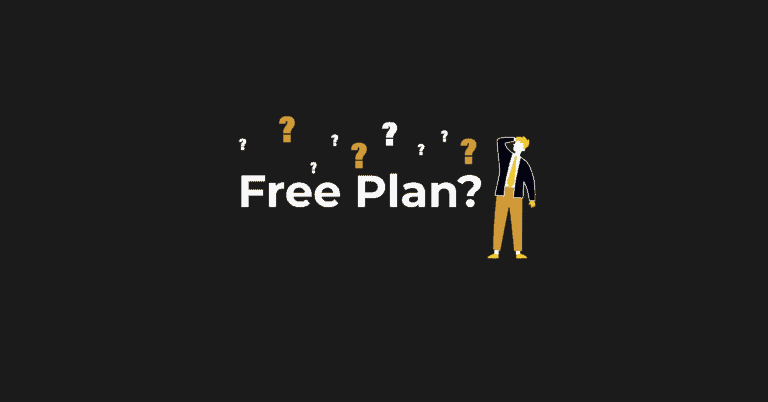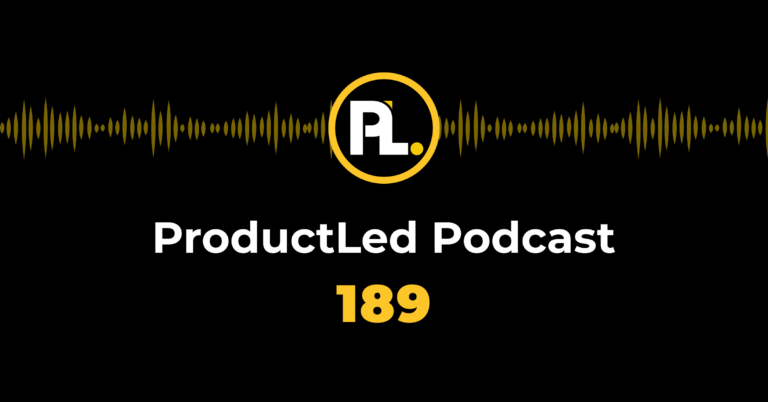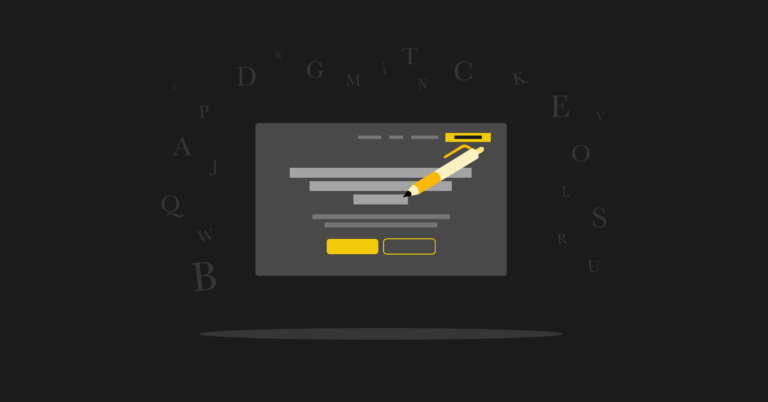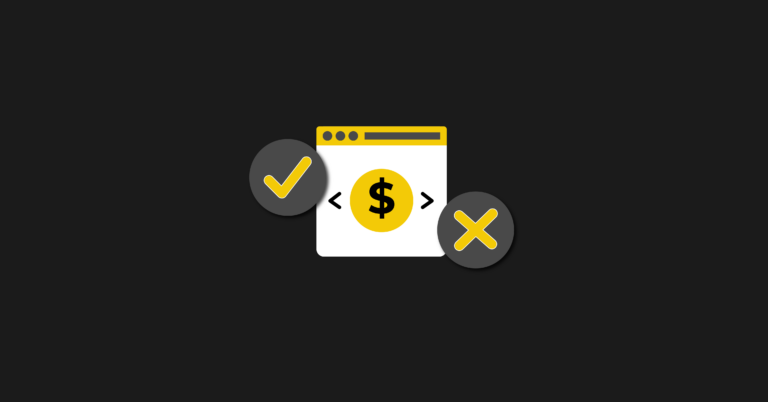The BJ Fogg Behavior Model is the key to unlocking behavior change and product adoption for new users.
SaaS onboarding is a delicate orchestration of education, explanation, and inspiration. Achieving the right balance is paramount, ensuring users aren't overwhelmed or bored during their initial interaction with the product.
The concept of straight-line onboarding efficiently guides users to their "Aha! Moment" quickly and efficiently. But the critical question persists: What sustains user engagement so they integrate the product into their daily lives or workflows?
This is where the BJ Fogg Behavior Model emerges as a game-changer in SaaS.
In this article, learn the principles of the BJ Fogg Behavior Model and how elements of the model can improve user onboarding engagement for your product-led business.
The BJ Fogg Behavior Model
The Fogg Behavior Model is a proven framework for driving user engagement. This model, developed by Stanford researcher BJ Fogg, helps us understand the factors influencing human behavior and how to design products and experiences that encourage desired actions.
Applying this model can effectively motivate users to engage with your product and achieve your growth goals.
The Creator, Dr. BJ Fogg
Dr. BJ Fogg is a behavioral scientist and founder of the Behavior Design Lab at Stanford University in California.
In 2007, he developed the Fogg Behavior Model ( or B=MAP), where Behavior (B) hinges on Motivation (M), Ability (A), and a Prompt (P).
B = MAP
This universally applicable model forms the basis of his broader "Behavior Design," encompassing various behavior models and effective design methods.
The 3 Elements of Human Behavior in the Fogg Model
According to his model, three elements are vital to human behavior:
- Motivation: The desire or willingness to do the new behavior.
- Ability: The ease in doing the new behavior.
- Prompt: The cue or trigger to do the new behavior.
Together, these elements form the BJ Fogg Behavior Model.

The Path to Habit Forming Success
A curved, smiling shape known as the Action Line emerges when you plot Motivation and Ability on a graph.
Customer behaviors that transition into habits fall above the Action Line.
Practical Example of How the Fogg Model Shapes Behavior
Let's explore a helpful illustration of the Fogg Model in action, demonstrating how the interplay between motivation, ability, and prompts shapes behavior.
Let's say you're training for a marathon and aim to wake up at 6 a.m. every morning. With no running experience, you set the ambitious goal of running ten miles on the first training day.
Below the Action Line
Your first attempt at an ambitious 10-mile run is graphed below.
Your behavior falls below the Action Line on the graph's Motivation and Ability axis.
Unfortunately, the probability of finishing the ten miles is very low. Running a long distance isn't easy, and even the best athletes need motivation.
Above the Action Line
Let's say you set a more realistic goal to run two miles. You wake up early for your first training and remind yourself about the powerful motivator waiting at the end of the run – a savory chocolate banana smoothie.
This time, plotting your level of motivation and ability showcases your behavior above the Action Line. Therefore, finishing your first 2-mile run is high, and the endorphins from this training will help motivate future training.
In this example, the Fogg Behavior graphs support the belief that human behavior can become a habit when motivation and ability are high. Training for a 26.2-mile marathon takes discipline. Attainable training goals build endurance and motivation, curate behavior that makes running a habit, and in this case, a higher likelihood of crossing that marathon finish line.
Applying the Fogg Behavior Model to User Engagement in SaaS
Onboarding users to a product isn't the objective. Ultimately, you're onboarding them to a different way of accomplishing a new way of life. Users need to undergo a behavioral switch, letting go of old habits and adopting new ones.
Fogg's behavior model provides a framework to boost the number of users falling off during user onboarding.
Analyze your onboarding by asking:
- Is the new behavior as easy to do?
- Are users motivated to perform the behavior?
- Are there prompts inside and outside the product to help users perform the desired behavior to complete the user onboarding?
The Bowling Alley Framework is a helpful analogy for new users during onboarding. A new user is the bowling ball, the onboarding process is the lane, and a strike is a user having their "Aha!" Moment.
Like bowling balls rolling into the gutter, new users easily veer off course during onboarding.
In the Bowling Alley Framework, the Product and Conversational Bumpers should contribute to one or more elements in the BJ Fogg Behavior Model to make the onboarding experience easier, increase new user motivation, or prompt them to take action.
How to Improve User Onboarding With the BJ Fogg Behavior Model
The Fogg Behavior Model is not a one-size-fits-all approach. The framework transcends industries, age groups, and cultural nuances.
I will focus on how motivation, ability, and prompts work together in SaaS user engagement in the upcoming sections. I'll break down each part to help you understand how they contribute to onboarding success.
1. Increase Motivation
Motivation is a driving force of the Fogg Model that changes human behavior.
A powerful motivator can change the behavior of even your most critical user, right? Actually, no. The art of motivation isn't that simple.
Sometimes, rewards like money, fame, and praise work against people completing tasks. Since they're only interested in the reward, they won't complete the task on their initiative if it isn't there.
Incentives typically don't encourage users to complete the onboarding process. Trial extensions, badges, or branded stickers might encourage users to complete the onboarding. Still, those users have no product loyalty and may never log in again because they might not be interested in the product.
Use content to increase a user's intrinsic motivations. There are a few ways to do this.
Often, onboarding teams approach the content of signup screens and onboarding elements like tooltips and product tours as a low priority – and it shows. Even if it's well-written, it's usually focused on product features rather than communicating the benefits of these features.
This is a mistake.
The ultimate motivation is to show users how the product can help improve their lives. Every word in the user onboarding experience is an opportunity to speak to users' needs and desires. Use content to amplify the solution to their current pain points, calm their anxieties, and remind them they can overcome their habits.
For example, the third step in the signup process with Wave reminds new users of the value of their invoicing software. The copy reads, "Send professional invoices. Designed to get you paid 3x faster, with over $24 billion in invoices sent yearly."
Wave's team knows that new users are still skeptical, so they use social proof to convince them Wave is the right tool. After all, who doesn't want to get paid three times faster?
2. Make Behavior Change Easy
According to the BJ Fogg Behavior Model, if you want to change the type of behavior and habits of users, make the model behavior as easy as possible.
Cognitive load, or the mental effort required to learn new information, measures how easy (or hard) user onboarding is for new users. Think of cognitive load as the mental processing power needed to learn how to use and interact with a product. If the input exceeds the user's ability to handle the product, cognitive overload results.
Most user onboarding overwhelms new users with signup fields, product tours, pop-ups, in-app messages, checklists, tooltips, etc. If users feel overwhelmed, they'll experience cognitive overload and likely never log in again.
How to Avoid Overloading Users
With straight-line onboarding in place, you're already halfway there.
By now, you should have:
- Removed or delayed any unnecessary steps that don't lead to the First Strike.
- Reorganized the onboarding steps from easiest to hardest.
- Simplified the onboarding by showing fewer options while breaking down complex signup and setup processes into multiple steps.
3. Add Prompts
Prompts (or triggers) shape our lives. You've encountered hundreds of types of triggers today and probably barely noticed them.
For example:
- Your alarm goes off, so you wake up, brush your teeth, and make coffee in the same order every day.
- Your phone buzzes, so you check for new notifications.
- You're hungry, so you eat lunch.
Whether you realize it or not, most habits start with a prompt. Another way to put it – no prompt, no action.
In the user onboarding experience, prompts are critical during two moments:
- To help users achieve their desired outcome and experience the value of a product soon after signing up.
- To help users continue using a product until they adopt it into their life and workflow.
During the user onboarding journey prompts can occur inside the app (product tours, checklists, tooltips, and other Product Bumpers) or outside of it (emails, SMS, phone notifications, and old-school direct mail). They're critical in creating an engaging environment for new users to learn how a product works and to decide if it's the right fit for them.
When onboarding is an afterthought, triggers become a crutch to mask poor UX design. Remember, the BJ Fogg Behavior Model states that triggers only work if users have the necessary level of motivation and ability above the Action Line.
Start Applying the BJ Fogg Behavior Model
If users are falling off during the user onboarding, the BJ Fogg Behavior Model provides a framework to boost those numbers. By understanding the triggers, abilities, and motivations of your users, you can create a more effective onboarding experience that keeps them engaged. Learn how with the ProductLed System.
Alternatively, if you’d like to work one-on-one with an expert to implement PLG strategy into your business, check out the ProductLed Coaching Program.

